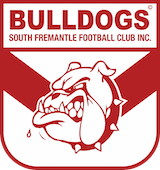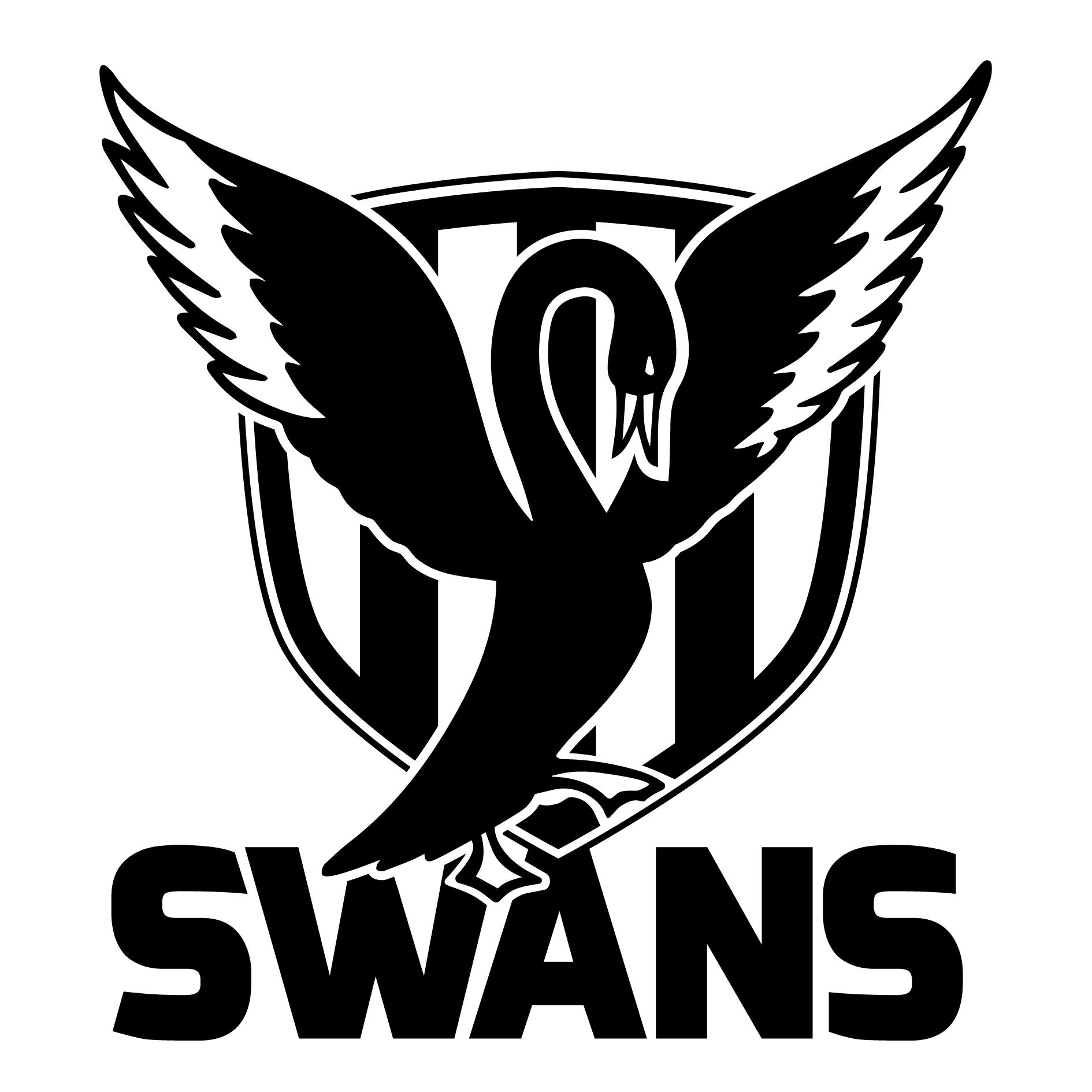Select grade below
- Round 2Sat, 12 Apr 20252:30 PM
 VS
VS Revo Fitness Stadium
Revo Fitness Stadium - Round 3Fri, 18 Apr 20257:10 PM
 VS
VS Sullivan Logistics Stadium
Sullivan Logistics Stadium - Round 4Fri, 25 Apr 20251:40 PM
 VS
VS Revo Fitness Stadium
Revo Fitness Stadium - Round 5Fri, 2 May 20257:10 PM
 VS
VS Joondalup Arena
Joondalup Arena - Round 6Sat, 10 May 20252:30 PM
 VS
VS Revo Fitness Stadium
Revo Fitness Stadium - Round 7Sat, 24 May 20252:30 PM
 VS
VS Steel Blue Oval
Steel Blue Oval - Round 8Sat, 31 May 20252:30 PM
 VS
VS Revo Fitness Stadium
Revo Fitness Stadium - Round 9Sat, 7 Jun 20254:10 PM
 VS
VS Sullivan Logistics Stadium
Sullivan Logistics Stadium - Round 11Sat, 21 Jun 20252:30 PM
 VS
VS Revo Fitness Stadium
Revo Fitness Stadium - Round 12Sat, 28 Jun 202511:10 AM
 VS
VS Mineral Resources Park
Mineral Resources Park - Round 13Sat, 5 Jul 20251:45 PM
 VS
VS Fremantle Community Bank Oval
Fremantle Community Bank Oval - Round 15Sat, 19 Jul 20252:30 PM
 VS
VS Revo Fitness Stadium
Revo Fitness Stadium - Round 16Sat, 26 Jul 20252:30 PM
 VS
VS East Fremantle Oval
East Fremantle Oval - Round 17Sat, 2 Aug 20252:30 PM
 VS
VS Revo Fitness Stadium
Revo Fitness Stadium - Round 18Sat, 9 Aug 20252:30 PM
 VS
VS Revo Fitness Stadium
Revo Fitness Stadium - Round 19Sat, 16 Aug 20252:30 PM
 VS
VS Mineral Resources Park
Mineral Resources Park - Round 20Sat, 23 Aug 20252:30 PM
 VS
VS Revo Fitness Stadium
Revo Fitness Stadium
TIME TO REFLECT

BY KEN CASELLAS
Anzac Day on Saturday is a time to reflect on the thousands of Australian men and women who left our shores to fight for our freedom in overseas theatres of war, and to honour and pay respect to them.
Dozens of Claremont footballers have served Australia in military conflicts --- and seven league players made the ultimate sacrifice, being killed in action in the 1939-1945 World War 2.
The last of those seven men who did not return home was Sammy Clarke, who ranks as one of the greatest players in Claremont’s history. He is being recognised as a true champion as this year’s Claremont match-day ball legend.
A tall, high-leaping and highly skilful centre-half-back, Clarke created history when he won the Sandover Medal in his first two years in league ranks --- at the age of 19 in 1933 and at 20 the following year. He was also the club’s fairest-and-best player in those two years. Those Sandover Medals followed Clarke’s achievement of winning the Strempel Medal as the fairest and best player in the Metropolitan Juniors competition in 1932.
He made 133 league appearances for the Tigers and represented Western Australia in eight interstate matches. At 20 he was WA’s captain in a match against South Australia and was a member of Claremont’s 1939 premiership side.
Clarke died on January 24, 1945 when he was the RAAF pilot of a Bristol Beaufort aircraft which failed to return from an anti-submarine sweep off the New Guinea coast.
The other Claremont league players to lose their life in battle during World War 2 were Albert Exley (ten league matches 1928-29; died August 16, 1940), Robert Guthrie (eight matches 1936-37; died May 1, 1942), Alex Howe (two matches 1934; died November 10, 1942), Tom King (eight matches 1941; died January 7, 1943), William Holly (four matches 1940; died August 27, 1943) and Hugh Guthrie (69 matches 1937-41; died October 24, 1943).
Hugh Guthrie, a powerful defender, was a Claremont premiership player in 1939 and 1940 and he was the club’s fairest-and-best player in 1941.
Other war heroes among the Claremont players who fought in the 1939-45 World War included Ralph Honner (seven matches 1926-32) and Bill O’Neill (99 matches 1938-48).
O’Neill, like Clarke, was an outstanding centre-half-back. He was a member of Claremont’s premiership sides of 1938, 1939 and 1940 and apart from being club captain in his final two years of league football in 1947 and 1948, he captained Western Australia at the national carnival in Tasmania in 1947, the year in which he was Claremont’s fairest-and-best player.
After the world war broke out, the army unit with which he trained was due to embark when he was ordered to stay behind to play in an army versus navy match. He appealed unsuccessfully to leave for overseas with his mates. His unit was soon captured in Singapore, and many died.
He joined a commando unit called the 2/5 Independent Company, and after action in New Guinea in 1942 was awarded the Distinguished Conduct Medal for “conspicuous and outstanding bravery. Characteristically he preferred his glory to be not conspicuous, rarely speaking of deeds that won him recognition.
O’Neill, who was born in Southern Cross and educated in Kalgoorlie, moved to Perth in 1938 to play for the Tigers.
As a sergeant (who was later promoted to lieutenant), O’Neill single-handedly held up a Japanese advance trying to stop Australians reaching a bridge in 1942. He stayed until all his men were clear and left only after running out of ammunition.
Ralph Honner, who was born in Fremantle in 1904, had an outstanding war-time career. He was company commander of the 2/11th battalion which distinguished itself in theatres of war in the desert sands of North Africa and the hills of Crete --- where he played a major role in the evacuation of troops, for which he was awarded the Military Cross in 1941.
Honner, an inspiring hero, was then promoted to Lieutenant-Colonel in 1942 and was in command of the 39th battalion which held up the Japanese on the Kokoda trail in Papua-New Guinea, which led to the defeat of the Japanese. Apart from his Military Cross, O’Neill also received a DSO award. He was severely wounded in 1943 but recovered after a lengthy convalescence.










